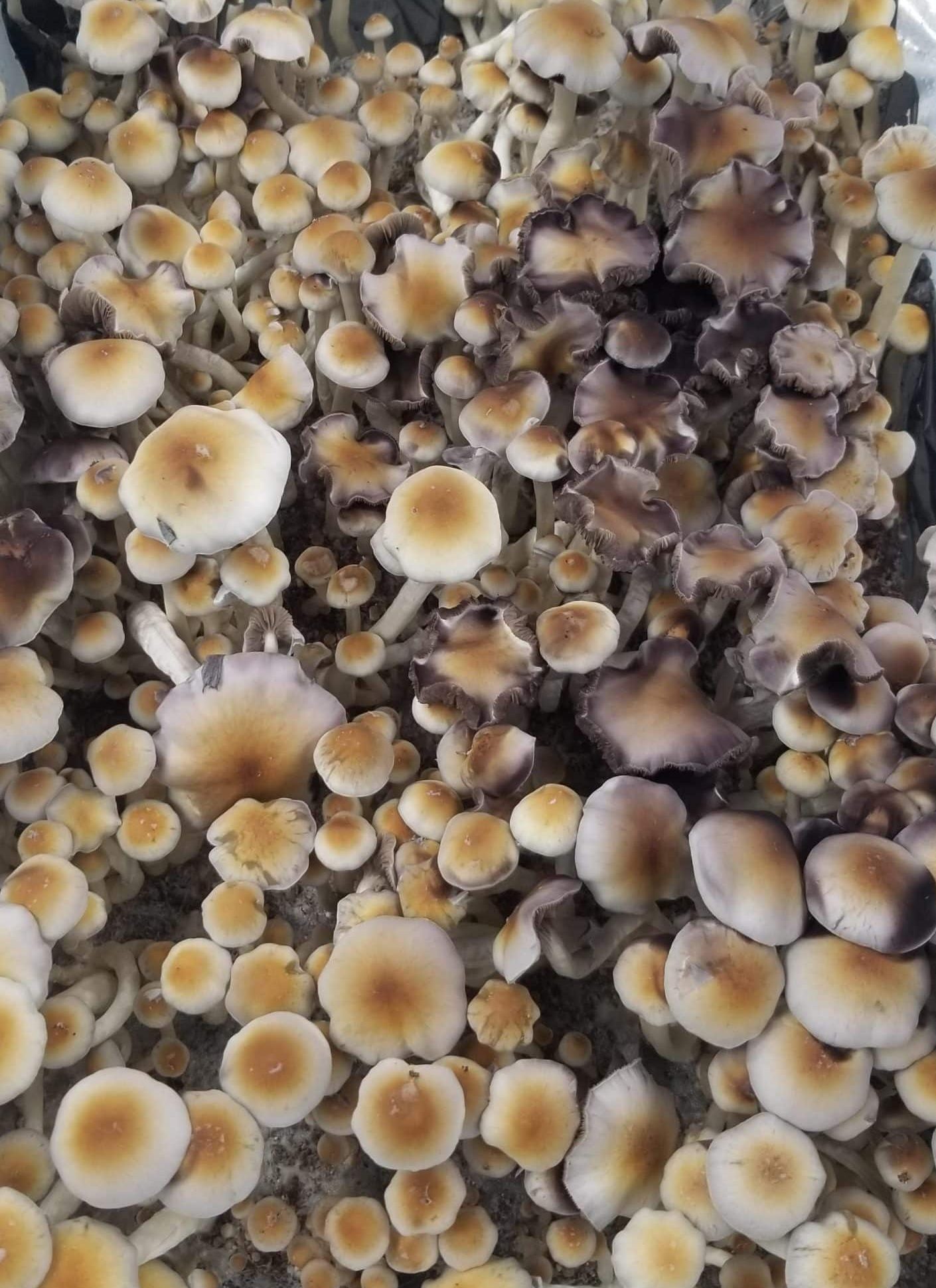Psilocybe Natalensis
Psilocybe Natalensis Magic Mushroom Information
- Origin: KwaZulu-Natal, South Africa
- Discovered By: Jochen Gartz, Derek Reid, Michael Smith, Albert Eicker (1995)
- Potency: 1.5–2x stronger than P. cubensis (0.6–1.81% alkaloids)
- Effects: Euphoric, vivid visuals, reduced body load, minimal nausea, “friendlier” headspace
Description
Psilocybe Natalensis is a potent psychedelic mushroom first documented in 1995 in South Africa’s KwaZulu-Natal province. A close relative of Psilocybe cubensis, it stands out due to genetic distinctions, unique habitat preferences (arid grasslands over dung), and a less persistent stem ring. Renowned for its resilience in cultivation and smoother psychoactive effects, it has surged in popularity among mycologists and psychonauts seeking a gentler yet powerful experience.
Psilocybe Natalensis Appearance
-
Cap: 1–6 cm in diameter; starts conical or bell-shaped, flattening with age while retaining a central bump. Sticky surface with veil remnants; color transitions from white/yellowish to brown, bruising blue.
-
Stem: 4–12 cm long, white to yellowish with age. Features a dark ring from spore accumulation; bruises blue.
-
Gills: Initially gray with white edges, maturing to purple-black as spores develop.
-
Spores: Sub-ellipsoid, producing a purple-black spore print.
How To Grow Psilocybe Natalensis
Step-by-Step Guide
-
Substrate Preparation: Use grains (rye, oats, brown rice) or dung/straw mixtures. A 1:3 spawn-to-substrate ratio enhances yields.
-
Inoculation: Introduce spores or liquid culture into sterilized grain bags using sterile techniques.
-
Colonization: Maintain 78–83°F (25–28°C) for 10–23 days. Its aggressive, contamination-resistant mycelium colonizes rapidly.
-
Fruiting Conditions:
- A light casing layer of verm and coco can speed up fruiting considerably.
-
Lower temperature to 60–78°F (15–25°C) and increase fresh air exchange (FAE) 3–5x daily.
-
Maintain 90–95% humidity; mist sides of the grow chamber if needed.
-
Harvest: Pluck mushrooms when veils tear. Dry using a dehydrator or fan.
Growing Parameters
-
Preferred Substrates: Grains (rye, oats), dung/straw, coconut coir/vermiculite mixes
-
Colonization Temp: 78–83°F (25–28°C)
-
Fruiting Temp: 60–78°F (15–25°C)
-
Humidity/FAE: 90–95% RH; FAE 3–5x daily
Why Grow Psilocybe Natalensis?
-
Ease of Cultivation: Contamination-resistant mycelium makes it ideal for beginners.
-
Therapeutic Potential: Users report enhanced mood, reduced anxiety, and therapeutic introspection.
-
Legality Note: Illegal in most countries; check local laws before cultivation.
Psilocybe Natalensis vs. Cubensis
-
Potency: 1.5–2x stronger, with doses as low as 1g (dry) recommended.
-
Effects: Smoother come-up, less nausea, and a clearer emotional tone.
-
Growth: Faster colonization, cold-tolerant (fruits at 60°F), higher contamination resistance.
Final Note
Psilocybe Natalensis is reshaping psychedelic cultivation with its robust growth and user-friendly effects. Whether for therapeutic exploration or mycological curiosity, this species offers a compelling alternative to traditional P. cubensis. Always prioritize safety, legality, and mindful dosing.
Additional information
| Origin | South Africa |
|---|---|
| Strength | Potent |
| Effects | Euphoric, vivid visuals, reduced body load, minimal nausea, "friendlier" headspace |
| Cultivation Difficulty | Easy |


Reviews
There are no reviews yet.